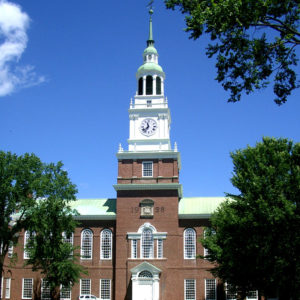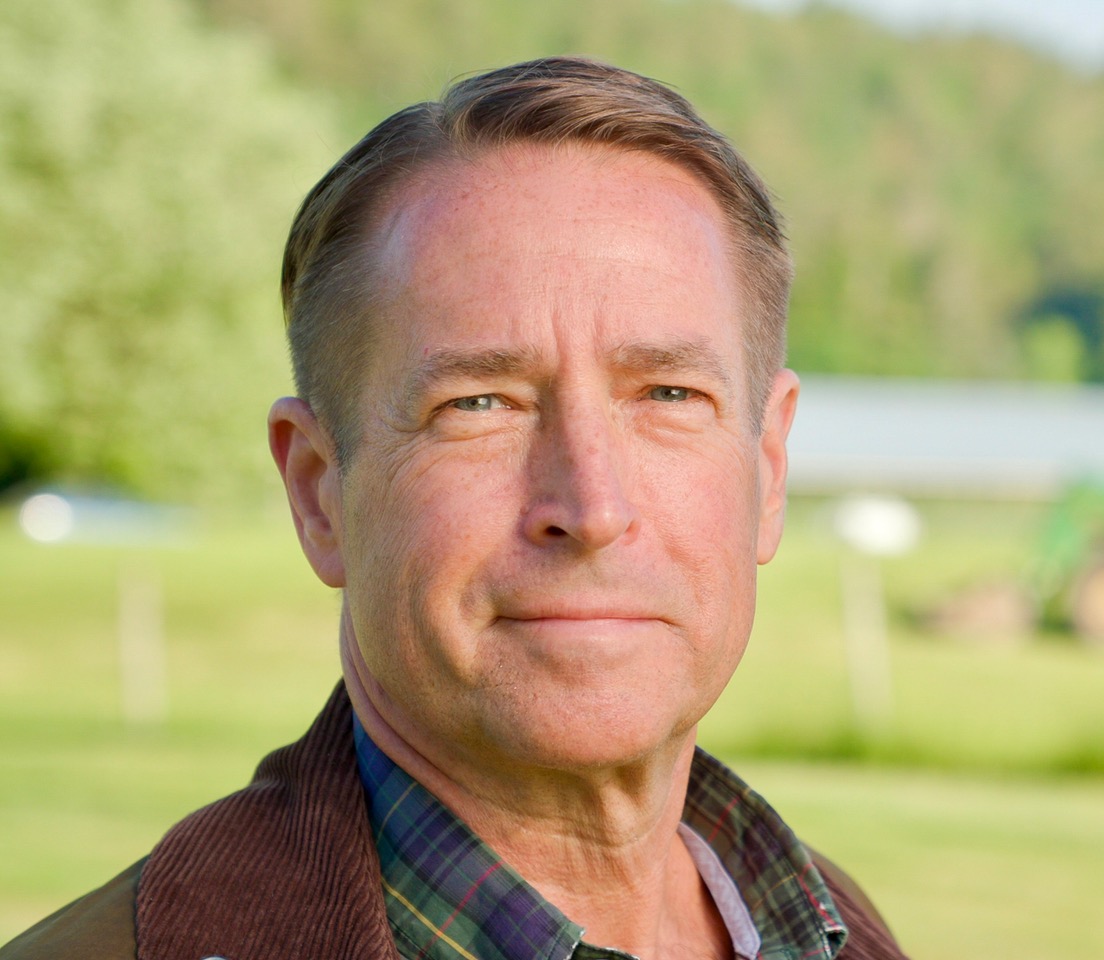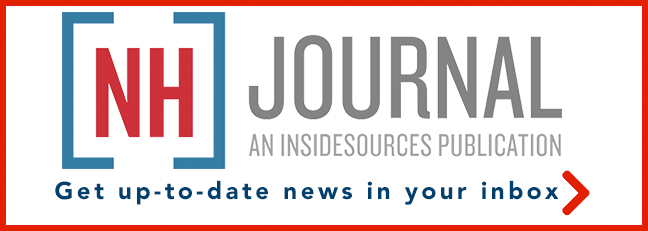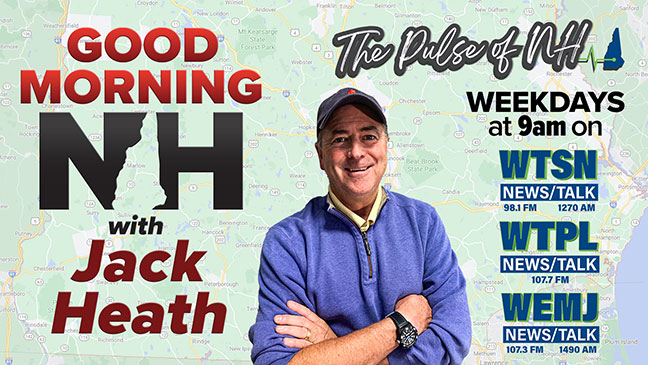When I ask friends across the political spectrum to guess what percentage of Dartmouth College faculty donate to Democrats versus Republicans, they typically land somewhere between 70 percent and 90 percent Democratic. That would make sense—Dartmouth has historically been one of the more conservative institutions in the Ivy League. But the real numbers are far more dramatic.
According to data from the Federal Election Commission, of the 57,559 political contributions made by individuals listing “Dartmouth College” as their employer, 98.9 percent went to Democrats. Only 1.1 percent went to Republicans.
Strip out contributions from custodians and dining hall staff, and the Republican share drops to 0.7 percent.
I say this not to provoke outrage, but to raise a serious question: What does this level of ideological homogeneity mean for academic freedom and open discourse at one of America’s most prestigious colleges?
To get a clean dataset, I searched only for “Dartmouth College” on the FEC website—excluding entries from unrelated entities like UMass Dartmouth or businesses that happen to include “Dartmouth” in their names. After downloading the data and classifying each donation as Democratic, Republican, or unclear, the results were stark: 56,859 donations to Democrats, 651 to Republicans, and 49 unclear.
Even if you remove the handful of mega-donors—one person gave over 4,000 times—the ratio barely budges: 98.7 percent to 1.3 percent. This isn’t just a skew. It’s a red flag.
Curious about how this could be, I sat down with Professor Robert Hansen of the Tuck School of Business—one of the few Republican donors on the list. Over lunch at Lou’s in Hanover, he offered a few theories. First, self-selection: conservative academics may prefer institutions like Texas A&M or Auburn, where their views don’t put them on the defensive. Second, hiring bias: departments may favor progressive candidates, whether consciously or not. Unrequired, but often submitted, DEI statements, for example, can serve as ideological screens. And finally, there’s fear. Even if a conservative is hired, they may choose to self-censor, avoiding public contributions or opinions to protect their careers.
I heard something similar from Professor Ron Lasky of the Thayer School of Engineering. He told me that he “came out” as a conservative about 18 months ago and invited students to ask him about it. Only a few have taken him up on the offer. Most are more interested in talking about internships and job opportunities. That’s a refreshing sign of intellectual maturity among students, but it doesn’t change the problem of faculty skew.
From the student side, I spoke with Jack Coleman ’26, a leader of the Dartmouth Conservatives. Jack is also active in the Dartmouth Political Union (DPU), which hosts thoughtful, well-run debates with participants from across the spectrum. I’ve attended several of their events and been impressed. But Jack told me something telling: In three years at Dartmouth, he has never met a single professor who openly identifies as Republican.
That matters because political diversity, like any form of diversity, enriches the academic experience. If students are only exposed to one side of the ideological spectrum—especially in fields like history, literature, and political science—then they are not being fully educated. They’re being indoctrinated.
The consequences are visible. In 2019, GOP Senate candidate Corky Messner canceled an appearance at Dartmouth due to threats of violence. In 2022, journalist Andy Ngo was forced to do the same. And in January of this year, student Malcolm Mahoney ’26 wrote in The Union Leader about the backlash he faced for simply attempting to host a forum on transgender athletes in sports. These are not the signs of a campus that values open discourse.
However, there is good news. Jonathan Haidt, the author of “The Coddling of the American Mind” and the man whom many call the leading moralist of our age, recently said that we are emerging from a period of “woke” cultural hysteria such as those described in Charles Mackay’s classic “Popular Delusions and the Madness of Crowds.” The Chinese Cultural Revolution is a more recent example that most people are familiar with.
Furthermore, Dartmouth’s new president, Sian Beilock, has emphasized the need for “Brave Spaces” over “Safe Spaces”—a signal that the college is willing to engage with difficult conversations rather than run from them. She recently hired Matt Raymer ’03, a former chief counsel for the RNC, as Dartmouth’s senior vice president and general counsel. While the appointment has ruffled some feathers, it’s a bold move that could help Dartmouth avoid the ideological scrutiny now threatening schools like Columbia University and other elite institutions. Lastly, Dartmouth’s firm Policy on Institutional Restraint is a bold attempt by President Beilock to avoid unnecessary political controversy and refocus Dartmouth on its core mission of educating young people and future leaders.
We need more of that courage. At Princeton, law professor Robert George recently wrote in The New York Times, “When you defend the robust right of free speech for all, you help to secure a central value without which the university cannot pursue its mission as a truth-seeking institution.”
With that in mind, I am excited to announce that on May 8, the DPU and Dartmouth Free Speech Alliance will host Connor Murnane from the Foundation for Individual Rights and Expression (FIRE) to assess the state of free speech at Dartmouth. Ideally this will lay the foundation for a leap in our FIRE ranking.
There has already been a palpable shift in the culture at Dartmouth, and my hope is that this change will continue. However, after more than a decade of using DEI rubrics as ideological gatekeepers, Dartmouth has a long way to go – and the faculty donation skew highlights the extent of the problem. But for the first time in years, I’m optimistic we’re headed in the right direction.





